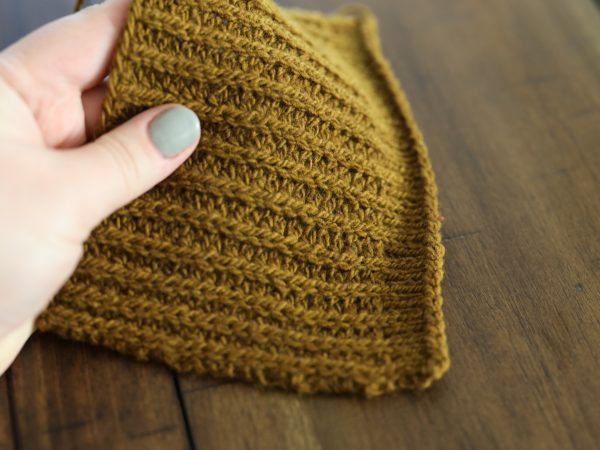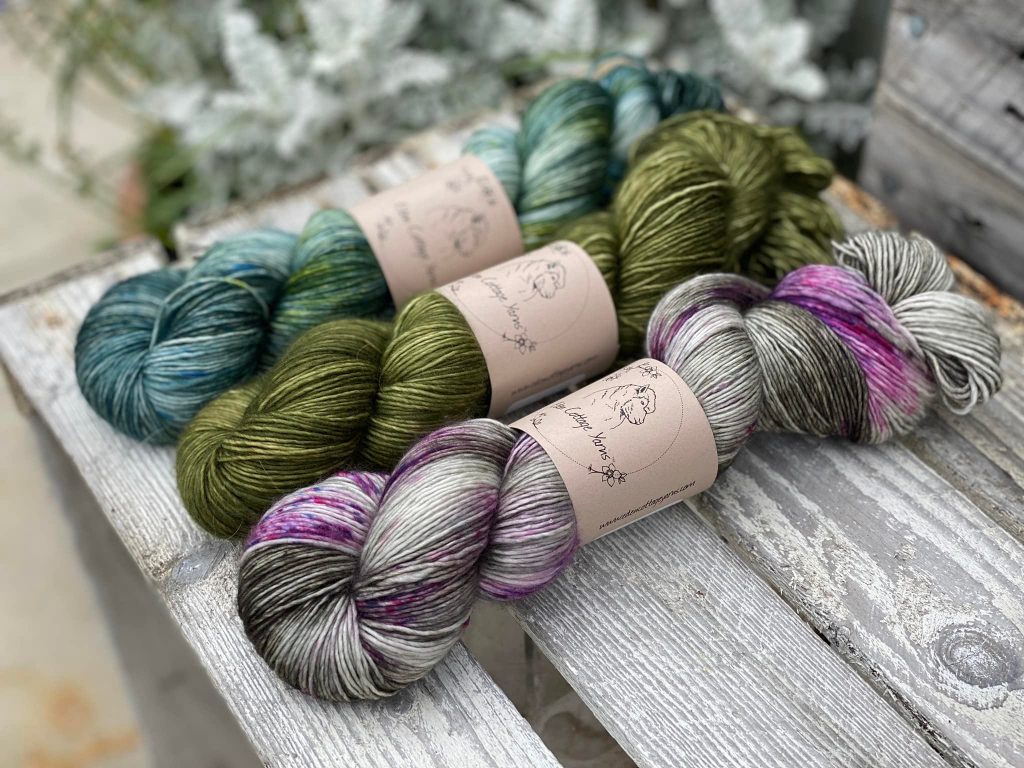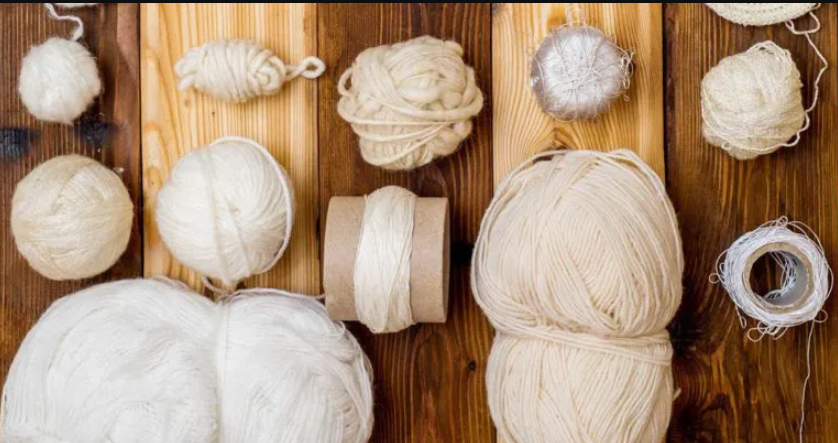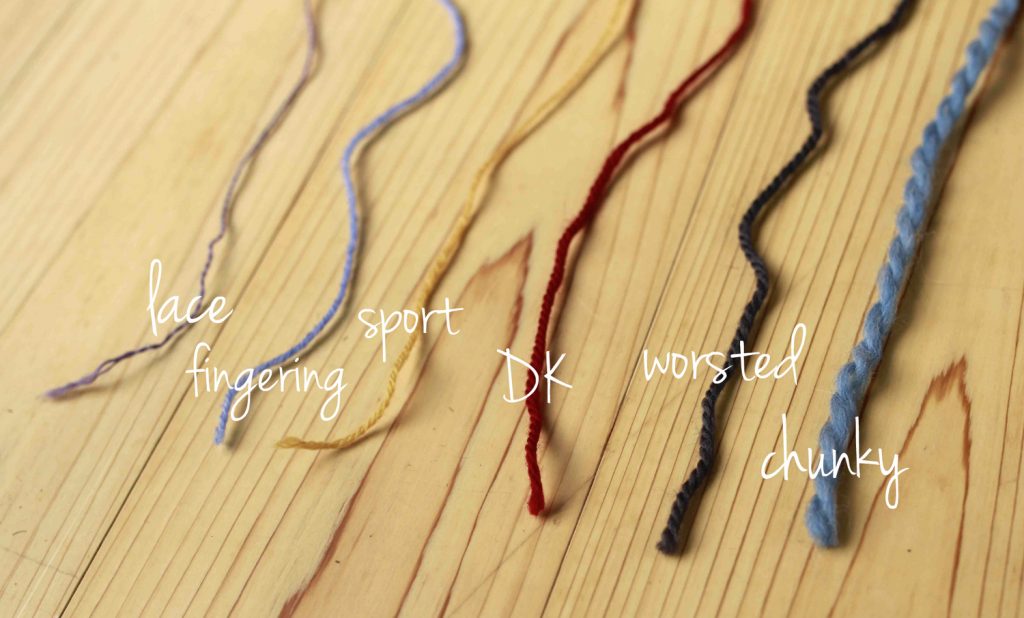06
Jul

Knitting keeps you busy and doesn’t let you get bored, and instead of watching TV or spending time on your phone, you’ll be productive and entertained at the same time. Plus, it can be a good social activity if you like knitting with others and sharing experiences and ideas. But to get to knitting, you’ll need to buy the right yarn, crochet hooks and needles.
Manufacturers use around 15 different types of fibres to make the yarn. These fibres can be natural and synthetic. The most common natural material is cotton, followed by linen, wool, mohair and silk. Synthetic fibres are created by pouring a solution of chemicals into spinning nozzles and hardening them to get the final products. These fibres are nylon, rayon, polyester, polyolefin, spandex and triacetate. The production process begins with separating the fibres. The picker inside the machine loosens the lumps and cleans the fibres if necessary.
If manufacturers need to blend different fibres, they can do it during the lap formation, carding or drawing out. The carding machine has many wires separating the fibres and pulling them parallelly. The fibre passes through a funnel-shaped device that creates strands. When a smooth fine fingering yarn is what you need, the fibres go through combing. After the combing, you get a sliver. There are several rollers with different speeds and rates and they elongate the sliver into a more cohesive strand. It then continues through a machine called the roving frame, where it continues to elongate and get twisted.
Finally comes the yarn formation. There are two ways to do it, ring spinning and open-end spinning. With the ring spinning, the roving comes through rollers and goes to the traveller that rotates 4,000-12,000 times per minute, elongating and twisting the yarn at the same time. The second way is with a rotary beater which separates the fibres that go through a rotor and then into a V-shaped groove in the rotor. When the rotor turns, the fibres get twisted, and the yarn is made.

If you’re a beginner at knitting, you’re probably not familiar with all the different yarn weights. Even if you’re experienced, it might be confusing sometimes. You may not know what type of yarn to get for socks, which one for blankets and which one for sweaters and shawls. The simple answer is that yarn weight refers to the yarn’s thickness. If the yarn is heavy, it’ll be thicker and vice versa. It doesn’t refer to the actual weight when you put the yarn on a scale.
You can measure yarn in two ways. With the first one, the yarn is numbered or marked on the label.
The second is an older, more traditional method called wraps per centimetre. For beginners, it’s recommended to use thicker yarns. This way, you’ll see clearly the stitches and patterns. You’ll feel more comfortable and have more control while holding the yarn and the needles. If you can, avoid thin yarns at the beginning. Each weight has its own purposes, and it’s made for different clothing:
Lace is the lightest of them all. It’s great for knitting delicate things such as shawls. You can also use it for scarves and soft sweaters in some cases. Other names for the lace are baby weight, crochet thread, ultra-fine and super fine. The recommended needle size is 0-2, and the hook size is 6,7, or 8.

This type of yarn is also called fingering yarn, and it’s most commonly used to make socks. The best blend for this is wool and nylon. It’s proven to be the best combination for this purpose. Fingering weight yarn is also useful if you make colourful projects, such as rainbows, trees, animals, flowers etc. Its other names are baby and sock. The recommended needle size is 1-3, and the hook size is B-a to E-4.
Fine-weight yarn is perfect for making baby clothes, similar to the super fine type. Designers use it a lot in their manufacturing process because it’s light and works fast. Other names for it are sport, baby or light DK. The recommended needle size is 3-5, and the needle size is E-4 to 7.
This DK (double knit) yarn is one of the most versatile types. It’s right in the middle between the fingering and bulky type, making it suitable to knit sweaters, garments, accessories and scarves. Another name you can find it by is light worsted. The recommended needle size is 5-7, and the hook size is 7 to I-9.
This is a weight 4 yarn that many beginners use when they start their knitting journey. Worsted weight yarn and Aran yarn fall into this category. It’s suitable for sweaters, blankets, hats, mittens, scarves etc. The recommended needle size is 7-9, and the hook size is I-9 to K-10.5.
This is a very durable and sturdy type of yarn that people use for making warm clothing such as sweaters, hats, jackets and scarves and rugs. You can also find it by the names of chunky, craft and rug. The recommended needle size is 9-11, and the hook size is k-10.5 to M-13.
The super bulky yarn is where the spectrum ends. It’s very thick, so it can be problematic for some beginners. All garments made from it are warm, cozy and feel nice to the touch. Another name for it is roving. You can use it to make heavy blankets, rugs and sweaters. The recommended needle size is 11 and larger, and the hook size is M-13 and larger.

There are many synthetic and natural materials you can use. Natural fibre or a blend of wool is always recommended for beginners because it’s easy to work with and versatile.
Knitting and yarn can be very exciting to take up as a hobby. You have so much to learn and explore. You can create amazing things you’ll be proud of, such as sweaters, socks, jackets, blankets, rugs, stuffed animals, and so much more. If you don’t get it right the first time, don’t be disappointed, mistakes will be made, and pieces will be pulled out, but don’t give up; it’s all part of the learning process.